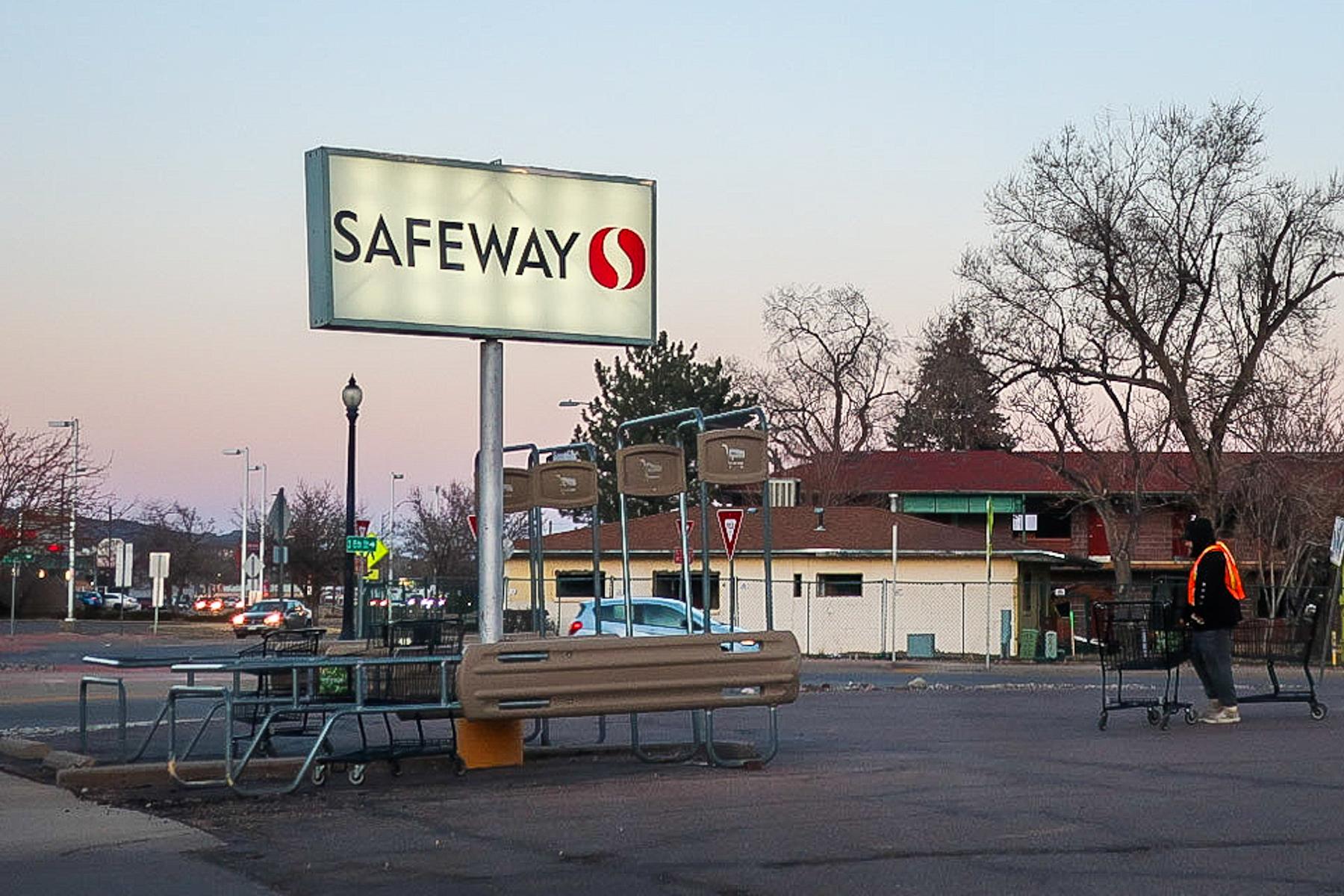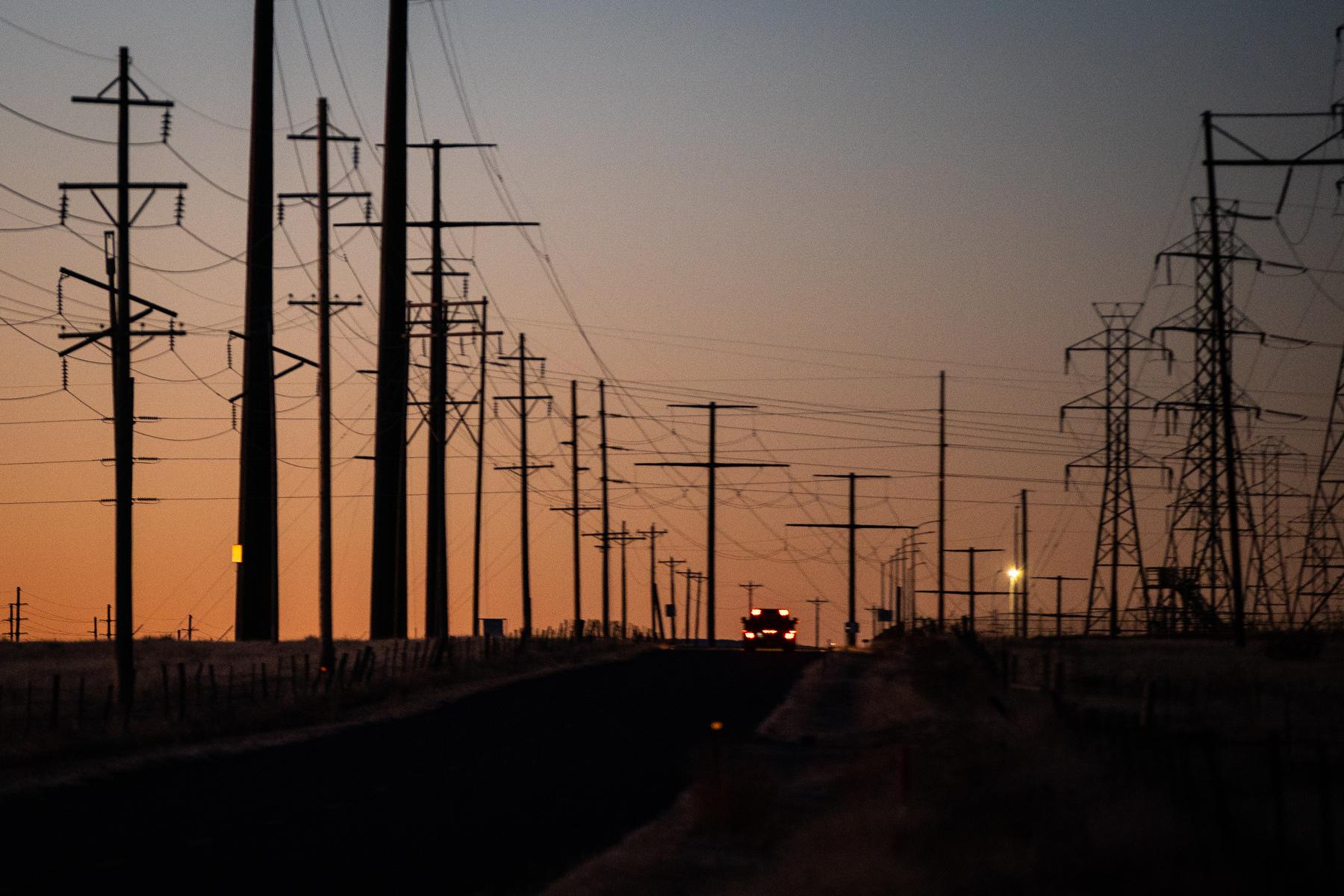This week marks one year since the Waldo Canyon Fire erupted into what was at the time, the most destructive wildfire in state history, claiming nearly 350 homes and two lives. Now, residents of the Pikes Peak region are again sifting through ruins: this month, the Black Forest Fire destroyed more than 500 homes and claimed two lives.
This week we’re rerunning our series Flash Point: Living with Wildfire. This special series explores how we’re managing the ongoing threat of fire, and looks at what it means to reside within reach of mountain forests.
Earlier this year, Colorado Springs and El Paso County officials released After Action Reports, detailing the response to the Waldo Canyon Fire. Authors studied hours of dispatch tape, personal accounts, and logs to assess what agencies did right, and what needs improvement.
And, according to El Paso County Sheriff Terry Maketa, there were improvements.
"I was actually speaking to the mayor earlier as we were walking up here discussing how quickly we had those assets, and that wasn’t by accident. That is the product of a lesson learned from Waldo Canyon."
Using the backdrop of last year’s Waldo Canyon Fire, KRCC’s Andrea Chalfin begins this series with a look at the nature of Emergency Management.
• Main Flash Point: Living with Wildfire page with an interactive timeline.
• A Disaster Is A Disaster: The Nature Of Emergency Management
• Waldo Canyon Fire Victims: Recovering Without Rebuilding
• The Wildland Urban Interface: Where the Wilderness Meets Civilization
• The Double Bind: Forest Treatment In The Age of Megafires
• Wildfires and Climate Change Perception









